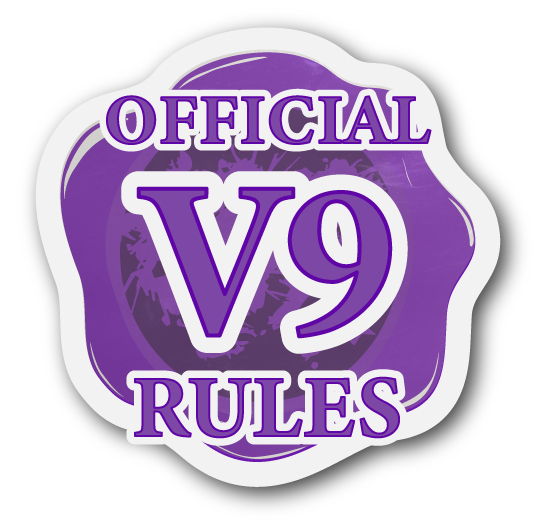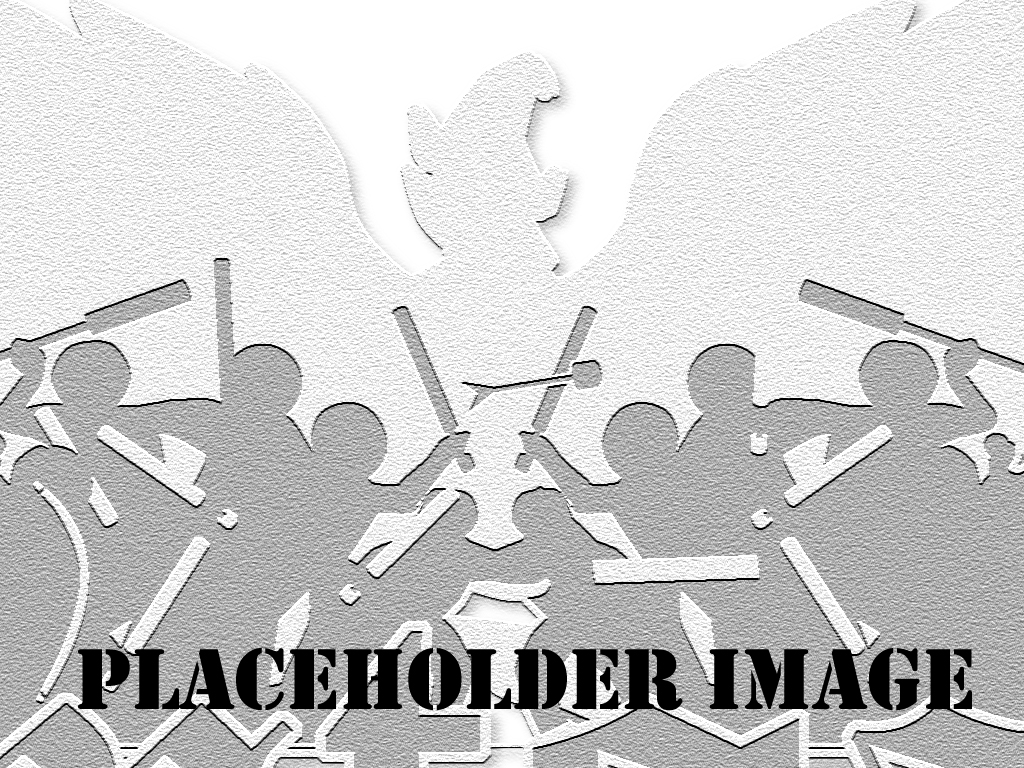Difference between revisions of "V9: Padding"
m (Wunjo 3rd pass) |
m (Replace Open/Close with Safety/Comfort) |
||
| Line 1: | Line 1: | ||
{{V9}} | {{V9}} | ||
| − | <onlyinclude>====<u>[[V9: Padding|Padding | + | <onlyinclude>====<u>[[V9: Padding|Padding and Foam]]</u>==== |
All Amtgard [[V9: Weapons|weapons]] and [[V9: Shields|shields]] require some amount of padding to prevent player injuries. In this context, padding refers to either [[V9: Strike-Legal| Strike-Legal]] Padding or [[V9: Incidental Padding| Incidental]] Padding. The type required will determine which materials are acceptable to use for this purpose. If a piece of equipment requires simply "padding", "foam" or "cushioning" with no other description, then you can meet that padding requirement with either Strike-Legal or Incidental Padding. | All Amtgard [[V9: Weapons|weapons]] and [[V9: Shields|shields]] require some amount of padding to prevent player injuries. In this context, padding refers to either [[V9: Strike-Legal| Strike-Legal]] Padding or [[V9: Incidental Padding| Incidental]] Padding. The type required will determine which materials are acceptable to use for this purpose. If a piece of equipment requires simply "padding", "foam" or "cushioning" with no other description, then you can meet that padding requirement with either Strike-Legal or Incidental Padding. | ||
| − | =====<big><u>Foam | + | =====<big><u>Foam Grades</u></big>===== |
| − | + | Foams can vary widely in terms of density and firmness so it is important to choose one that helps ensure your equipment will meet the [[V9: Universal Equipment Requirements|universal equipment requirements]] - notably safety and durability. This rulebook may refer to two amtgard-defined categories of foam: Safety-grade and Comfort-grade. | |
| − | + | ||
| − | < | + | <u>'''Safety-Grade Foam'''</u><br> |
| − | < | + | Safety-grade Foams are sturdy and firm yet visually compressible when tested with the pads of fingers. It should not be able to compress enough to feel the material beneath it during a typical strike. The goal of Safety-grade foam is to pad cores to prevent injuries when they are used to strike an opponent during combat. A good example of foam that fits this category is polyethylene foam, typically found in stores in the form of Pool Noodles or Pipe Insulation. |
| − | + | ||
| − | + | ||
| − | + | <u>'''Comfort-Grade Foam'''</u><br> | |
| − | < | + | Comfort-grade foams are squishy and less firm than Safety-grade while still being dense enough that it does not compress down to the material beneath it during a typical strike. The goal of Comfort-grade foam is to provide additional shock absorption and comfort to strikes. Comfort-grade foam should not be used on its own to pad a core. A good example of foam that fits this category is high density charcoal foam, which is typically used to protect delicate items like instruments or technical equipment. |
| − | + | ||
| − | + | ||
| + | <u>'''Extra Notes'''</u><br> | ||
| + | Very dense or rigid foam can be used as part of a structural core but it will not count towards any mandatory padding requirements. Polystyrene (hard TV packaging) is an example of a foam that is too rigid. | ||
| + | |||
| + | Very soft and light foam can be used to add shape or extra comfort but will not count towards any mandatory foam requirements.</onlyinclude><br><br> | ||
---- | ---- | ||
<gallery mode="slideshow" showthumbnails caption="Image Gallery"> | <gallery mode="slideshow" showthumbnails caption="Image Gallery"> | ||
Revision as of 06:00, 9 May 2023
- The Amtwiki is the official home and primary source for Amtgard V9 Rules as of February 25, 2023.
- These rules are currently in Open Alpha Playtest. See the Playtest Disclaimer for more details.
- To learn more about Amtgard V9 Development, please visit Amtgard.com.
- To view the current Amtgard V8 ruleset, please see the Amtgard V8 Rulebook.
Padding and Foam
All Amtgard weapons and shields require some amount of padding to prevent player injuries. In this context, padding refers to either Strike-Legal Padding or Incidental Padding. The type required will determine which materials are acceptable to use for this purpose. If a piece of equipment requires simply "padding", "foam" or "cushioning" with no other description, then you can meet that padding requirement with either Strike-Legal or Incidental Padding.
Foam Grades
Foams can vary widely in terms of density and firmness so it is important to choose one that helps ensure your equipment will meet the universal equipment requirements - notably safety and durability. This rulebook may refer to two amtgard-defined categories of foam: Safety-grade and Comfort-grade.
Safety-Grade Foam
Safety-grade Foams are sturdy and firm yet visually compressible when tested with the pads of fingers. It should not be able to compress enough to feel the material beneath it during a typical strike. The goal of Safety-grade foam is to pad cores to prevent injuries when they are used to strike an opponent during combat. A good example of foam that fits this category is polyethylene foam, typically found in stores in the form of Pool Noodles or Pipe Insulation.
Comfort-Grade Foam
Comfort-grade foams are squishy and less firm than Safety-grade while still being dense enough that it does not compress down to the material beneath it during a typical strike. The goal of Comfort-grade foam is to provide additional shock absorption and comfort to strikes. Comfort-grade foam should not be used on its own to pad a core. A good example of foam that fits this category is high density charcoal foam, which is typically used to protect delicate items like instruments or technical equipment.
Extra Notes
Very dense or rigid foam can be used as part of a structural core but it will not count towards any mandatory padding requirements. Polystyrene (hard TV packaging) is an example of a foam that is too rigid.
Very soft and light foam can be used to add shape or extra comfort but will not count towards any mandatory foam requirements.
Weapons General Rules · Weapon Construction Terms · Melee Weapons · Projectile Weapons · Siege Weapons
Equipment Equipment Basics · Equipment Use Terms · Weapons · Shields · Armor · Color Code · Visual Indicators

